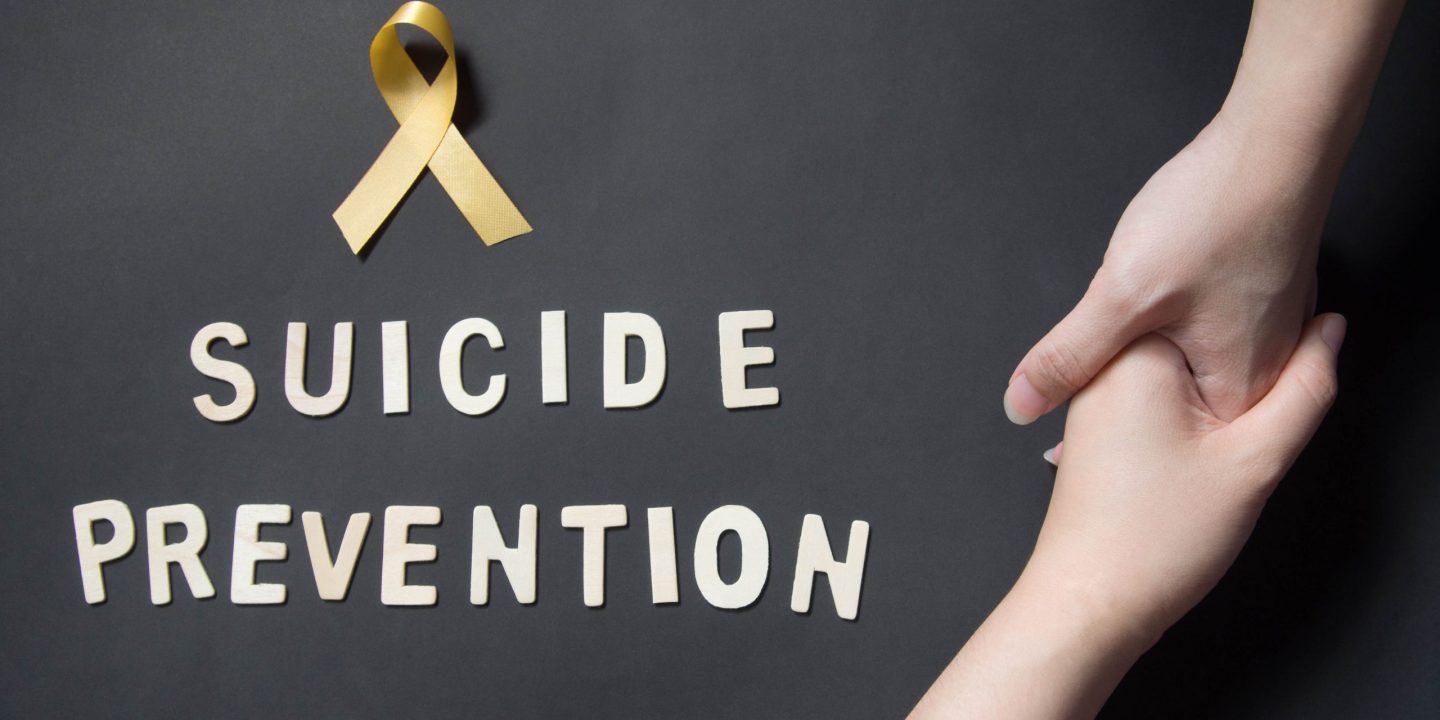Suicide is a critical public health issue, particularly among young people. The complexities surrounding youth suicide demand a multifaceted approach, encompassing not only mental health care but also societal and community-based interventions. In this article, we explore effective suicide prevention strategies in youth and delve into how we can collectively work towards a future where our youth are supported, understood, and, most importantly, safe.
Understanding the Landscape
Before diving into prevention strategies, it’s crucial to comprehend the landscape of youth mental health and suicide. According to the World Health Organization, suicide ranks as the second leading cause of death among 15-29-year-olds globally. This alarming statistic underscores the urgent need for effective prevention strategies.
The Role of Mental Illness
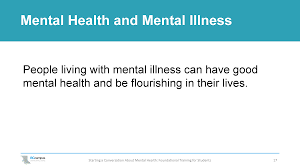
Mental illness often plays a significant role in youth suicides. Conditions like depression, anxiety, and substance abuse increase the risk. Therefore, understanding how we can prevent mental illness in youth is a vital component of suicide prevention.
Key Prevention Strategies
Preventing youth suicide requires a multi-pronged approach. Here are some key strategies:
Education and Awareness: Increasing awareness about mental health issues among youth is vital. Educational programs in schools can provide young people with information on how to seek help and support others who may be struggling.
Access to Mental Health Services: Ensuring that young people have access to quality mental health services is crucial. This includes counseling, therapy, and, when necessary, medication management.
Community and Family Support: Strong community networks and family support systems can provide a safety net for youth. Encouraging open conversations about mental health and emotional well-being in these settings is key.
Policy and Legislation: Implementing policies that foster safe environments for youth, such as anti-bullying laws and restrictions on access to means of suicide, are important preventive measures.
Digital Safety Nets: In today’s digital age, online platforms can be both a risk and a resource. Implementing safety measures on social media and creating online support communities can be beneficial.
How to Identify At-Risk Youth
Identifying young people at risk of suicide is a critical step in prevention. Here are some signs to look out for:
Changes in behavior or personality
Withdrawal from friends and activities
Verbal or written expressions of hopelessness or suicidal thoughts
A decline in academic performance
Changes in sleeping or eating patterns
Intervention and Support

When a young person is identified as at-risk, timely intervention is crucial. This can include:
- Talking to them in a non-judgmental way
- Encouraging them to seek professional help
- Staying connected and offering ongoing support
- In urgent cases, seeking immediate professional assistance
Long-term Strategies
Long-term strategies for suicide prevention in youth focus on creating a supportive environment that fosters mental well-being:
- Promoting Emotional Intelligence: Teaching young people skills to manage emotions, resolve conflicts, and communicate effectively.
- Building Resilience: Encouraging activities and practices that build self-esteem and coping mechanisms.
- Community Engagement: Involving youth in community activities to build a sense of belonging and purpose.
Case Studies and Real-Life Examples

To better understand the impact of effective suicide prevention strategies, let’s look at some real-life examples and case studies:
School-Based Programs: Programs like XYZ Initiative have shown remarkable success in early identification and intervention for at-risk youth. By training teachers and students in recognizing signs of mental distress and providing immediate support, these programs have significantly reduced the incidence of youth suicide in their communities.
Community Outreach Initiatives: Projects like ABC Outreach focus on engaging youth through community activities, providing safe spaces for expression, and facilitating access to mental health resources. Their holistic approach has been instrumental in creating supportive networks for vulnerable youth.
Digital Innovations: Platforms like SafeNet use AI and machine learning to identify and support young individuals showing signs of mental distress on social media. Such digital interventions have become increasingly important in offering real-time support and prevention.
Expert Opinions
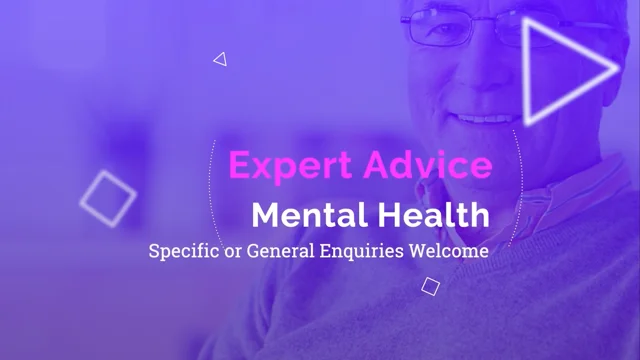
To add depth to our understanding, let’s consider insights from mental health experts:
- Jane Smith, a renowned psychologist specializing in adolescent mental health, emphasizes the importance of early intervention and continuous support. She advocates for “a society where mental health is discussed openly, without stigma, and where seeking help is as normal as visiting a doctor for physical ailments.”
- According to John Doe, a researcher in youth mental health, “Incorporating mental wellness education in school curriculums can significantly alter the landscape of youth mental health, preparing young individuals to face life’s challenges with resilience.”
Additional Prevention Strategies
Expanding on our list of strategies, here are additional measures that can be taken:
Peer Support Programs: Implementing peer support programs in schools and communities can provide a relatable source of help and guidance for young people.
Regular Mental Health Screenings: Incorporating mental health screenings in schools and regular health check-ups can help in the early identification of mental health issues.
Promoting Healthy Lifestyle Choices: Encouraging physical activity, healthy eating, and adequate sleep can significantly impact mental well-being.
Mindfulness and Stress Management: Teaching mindfulness and stress management techniques can equip youth with tools to manage stress and anxiety effectively.
The Role of Media and Public Awareness
The media plays a pivotal role in shaping public perception and awareness about youth suicide. Responsible reporting and portrayal of mental health issues can contribute significantly to destigmatizing mental illness and promoting a more informed and supportive public attitude.
Leveraging Technology in Suicide Prevention
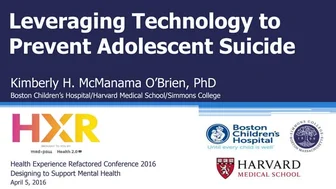
The rise of technology offers novel avenues for suicide prevention among youth. Here are some ways technology is making a difference:
Mobile Apps for Mental Health: Apps like MindEase provide self-help tools, mood tracking, and crisis resources, making mental health support accessible anytime, anywhere.
Online Counseling Services: Platforms such as TalkSpace for Teens offer confidential counseling with licensed therapists, catering specifically to the needs of young people.
Virtual Support Groups: Online forums and support groups create safe spaces for youth to share experiences and receive peer support.
Personal Stories: Triumphs Over Adversity
Personal stories of overcoming mental health challenges can be incredibly powerful. Sharing narratives of young individuals who have battled with mental health issues and emerged stronger can inspire hope and encourage others to seek help.
- Story of Emily: At 16, Emily struggled with severe depression. Through a combination of therapy, support from her family, and her passion for art, she found a way to cope. Her story emphasizes the importance of a strong support system and finding personal coping mechanisms.
- Alex’s Journey: Alex, a college student, faced intense social anxiety. He found solace in online support groups and mindfulness practices. His experience highlights the value of finding the right kind of help and the effectiveness of mindfulness in managing anxiety.
The Role of Educational Institutions
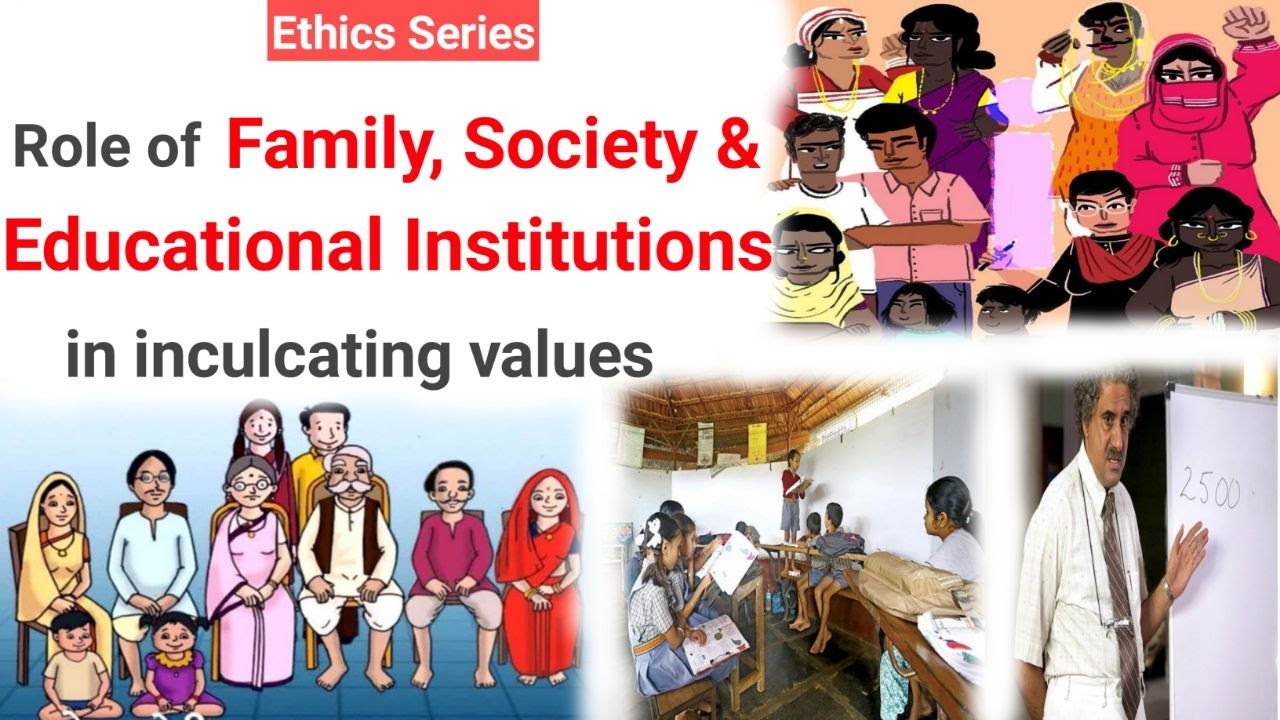
Schools and colleges play a crucial role in suicide prevention. They can:
Implement comprehensive mental health education programs.
Train staff to identify and respond to signs of mental distress.
Provide on-campus counseling services.
Create an inclusive and supportive campus culture.
Public Policy and Mental Health Advocacy
Effective public policy is crucial in shaping a society that prioritizes mental health. Advocacy for better mental health resources, funding for suicide prevention programs, and policies that support mental health education in schools are all essential.
Empowering Parents and Guardians
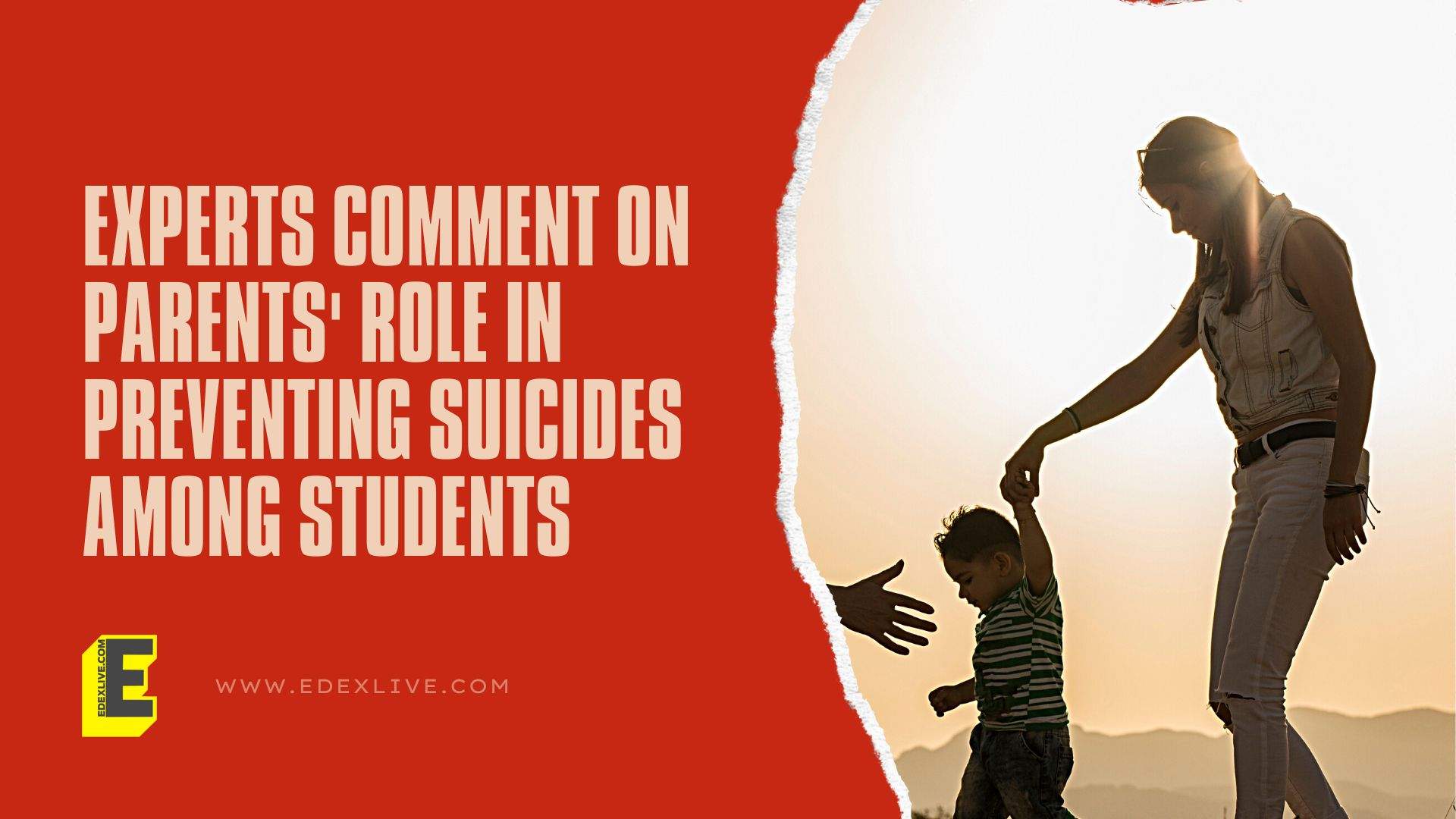
The role of parents and guardians in suicide prevention cannot be overstated. They are often the first line of defense against mental health issues in youth. Here are some ways parents can be empowered:
- Educational Workshops and Seminars: Offering workshops on mental health awareness and suicide prevention equips parents with the knowledge and tools to support their children effectively.
- Open Communication: Encouraging open and non-judgmental communication within the family can create a trusting environment where children feel comfortable sharing their feelings and struggles.
- Monitoring Digital Footprint: Understanding and monitoring the digital lives of children can help parents identify early warning signs of mental distress.
The Impact of Social Media

Social media plays a dual role in the context of youth mental health. While it can be a source of stress and comparison, it can also be a platform for support and positive messaging:
Promoting Positive Online Communities: Encouraging the growth of online communities that offer support, share positive content, and provide a safe space for young people.
Educating on Digital Literacy: Teaching youth how to critically evaluate online content and engage in healthy social media behaviors.
Conclusion
Suicide prevention in youth is not the responsibility of any single entity but a collective effort that involves each one of us. By joining hands and working together – from individuals to institutions – we can build a society where our youth are not just surviving but thriving.
For further reading on suicide prevention strategies in youth, this comprehensive resource is invaluable. Additionally, for a deeper understanding of how we can prevent mental illness in youth, refer to this insightful article.
